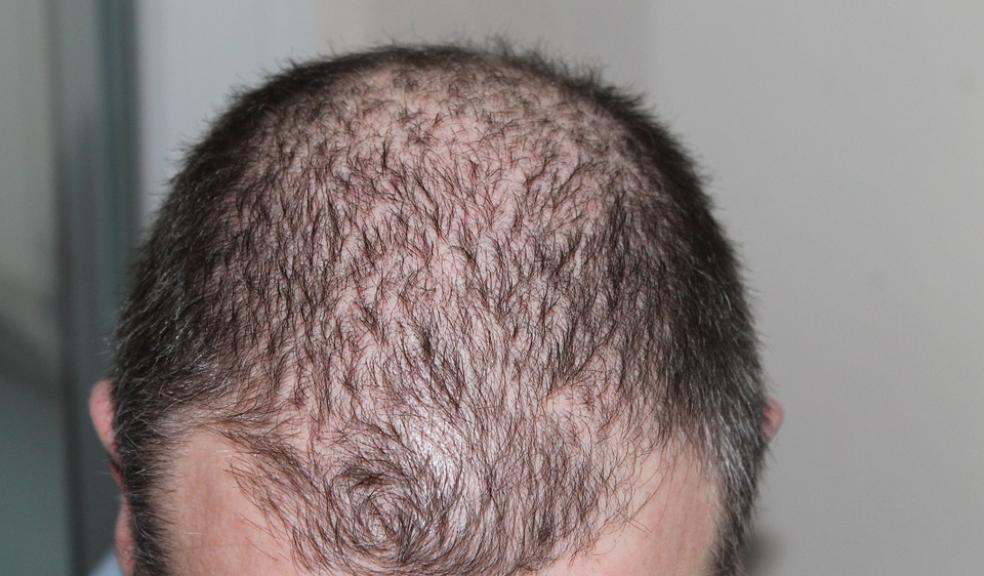
What are your options when you are losing hair?
According to science, daily hair loss is quite normal and it’s known as natural shedding. The shedding may become more abundant during the end of summer and autumn, but that’s nothing to worry about either because the hair will grow back again soon, not unlike the leaves of a deciduous tree really. However, it is time to worry when you begin to see way more hair strands in your comb or in the tub than usual. Things become particularly dire when we can actually see the hair loss in the mirror, or when people start telling us about it. If that is indeed the situation, what can you do? As we live in the age of modern medical science, signs of going bald isn’t really the end of hope as there are multiple options at our disposal to treat hair loss, just as we would treat any other disorder of the skin.
Medication
It is possible to treat pattern baldness in both men and women with medicine, but unfortunately, there is no guarantee that the medication will work. The two primary drugs currently in use to treat hair loss under FDA approval are finasteride (oral) and minoxidil (topical), but only a certified dermatologist can recommend the correct dosage and augment the meds with supplemental medication for an effective result.
Hair Transplant
Hair transplant is the most common and effective method of treating patients who are actively going bald, but it is of the utmost importance for both the sake of the patient’s health and the success of the surgeries that the transplant is performed at a registered and reputed clinic. As an example, the hair transplant at Harley Street Hair Clinic is a good place for getting a consultation in London, given that it is one of the top clinics there and even Wayne Rooney came out satisfied with the results, along with a lot more hair on his head! After looking at your scalp’s condition, the dermatologist should be able to tell you whether you need mini grafts, micro grafts, slit grafts, strip grafts or punch grafts. You may need more than just one type of graft if there’s a significant amount of scalp to cover though, so it is always better to go for a hair transplant as early as possible to reduce the number of sessions, associated costs, and post-surgery recovery period.
Scalp Reduction
The third option at our disposal is scalp reduction surgery. In simple words, the balding portion of the scalp is surgically removed and the skin around that area is stretched out and stitched to cover the section. Certain procedures for loosening the skin are performed before stretching it out carefully to reduce damage and tightness, but the patient usually feels at least some tightness for a few months. In specific cases, the surgeon may suggest scalp reduction alongside grafts.
It isn’t uncommon for people to panic and seek hair treatments even before it is necessary, while others are insistent on ignoring the hair loss for as long as they possibly can. To avoid either of the extremes, visit a certified clinic and get your scalp tested if you are really worried about going bald. The experts would be able to either put your mind at ease or show you the right treatment path towards tackling the issue.











